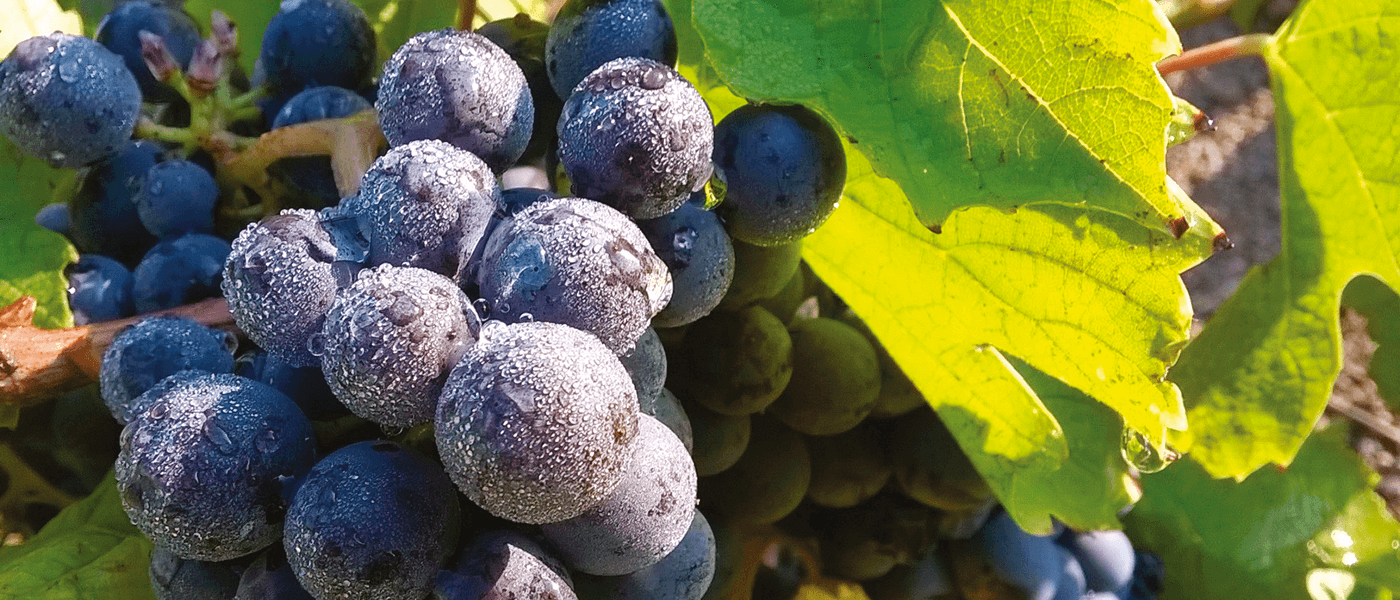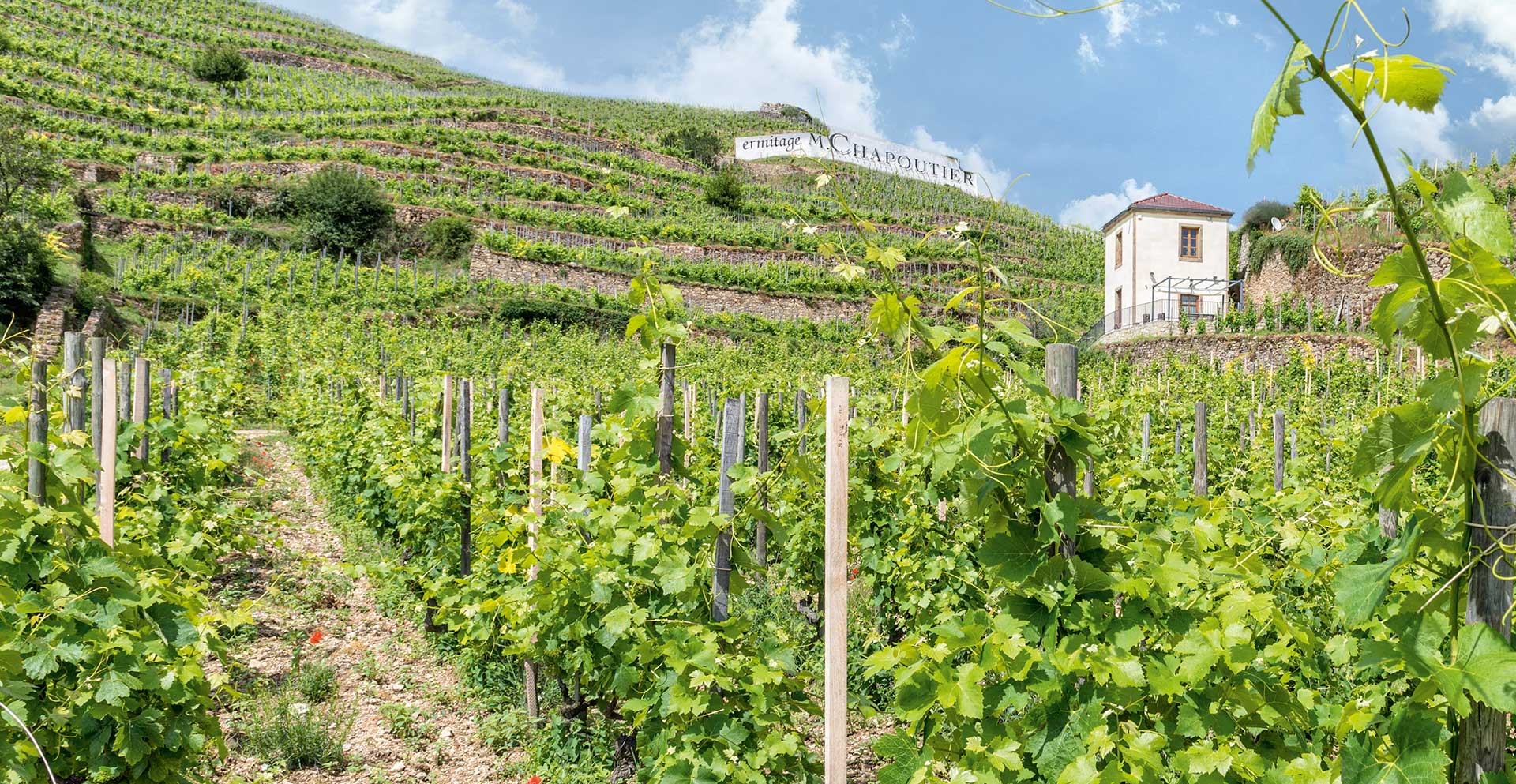The grape and its journey
M. CHAPOUTIER's life
11 October 2024

The arrival of the grapes at the winery
During the harvest, it is all about getting things done fast. To preserve the freshness of the grapes and process them under the best possible conditions, the harvest is transported to the winery in crates or refrigerated trucks, depending on the distance from the vineyard.
When they get to the winery, the grapes are weighed in order to estimate production volumes and choose a vat for them to go to. All this information is passed on to customs at the end of the campaign, when the harvest is declared.
All the grapes are then carefully sorted according to their plot of origin, grape variety and appellation. Certified biodynamic grapes are processed first (as they to comply with strict-standards), followed by organic and then non-organic grapes.
The aim is to avoid any contact between grapes and to guarantee traceability from plot to bottle.
It takes 130kg of red grapes to make 100 litres of must, compared to 140kg of white grapes.
The first transformation of grapes into juice
Before being put into vats to macerate (to extract colour and tannins), the reds are destemmed to separate the grapes from the stalks. For the past 2 years, 10-25% of the whole harvest has been added in the vat. The cellar master’s aim is to obtain wines with a fresher texture and greater aromatic complexity. This meticulous work requires careful analysis of the plots, and only the best-looking grapes are selected to be kept whole in the vat.
The whites, on the other hand, go straight to the press to extract the juice without prior maceration.
Turning the juice into alcohol
After the whites have been pressed and the reds put in vats, the alcoholic fermentation stage can begin.
The transformation of the must sugars into alcohol produces carbon dioxide, which cause solids to rise to the surface.
This forms the “cap” (pulp on top of the fermenting wine in the vat) which is regularly replenished by pumping over and punching down (i.e. putting the solids back into the juice to release new aromatic and Taste compounds).
During the key phase, density and temperature are recorded every day. This allows us to monitor the progress of fermentation, and is accompanied by a daily tasting session to ensure that each vat is monitored taking its own specificities into consideration.
Later, at the beginning of the ageing process, a second, so-called “malolactic” fermentation, takes place. In this case, the sugars are no longer transformed into alcohol by the yeasts, but by the bacteria naturally present in the wine, which modify certain acids. This fermentation softens the acidity of the wine and stabilizes it. At the end of the two fermentation phases, the wine is racked to eliminate the coarse lees and obtain a clearer wine: this is referred to as “cleaning” the wine.


